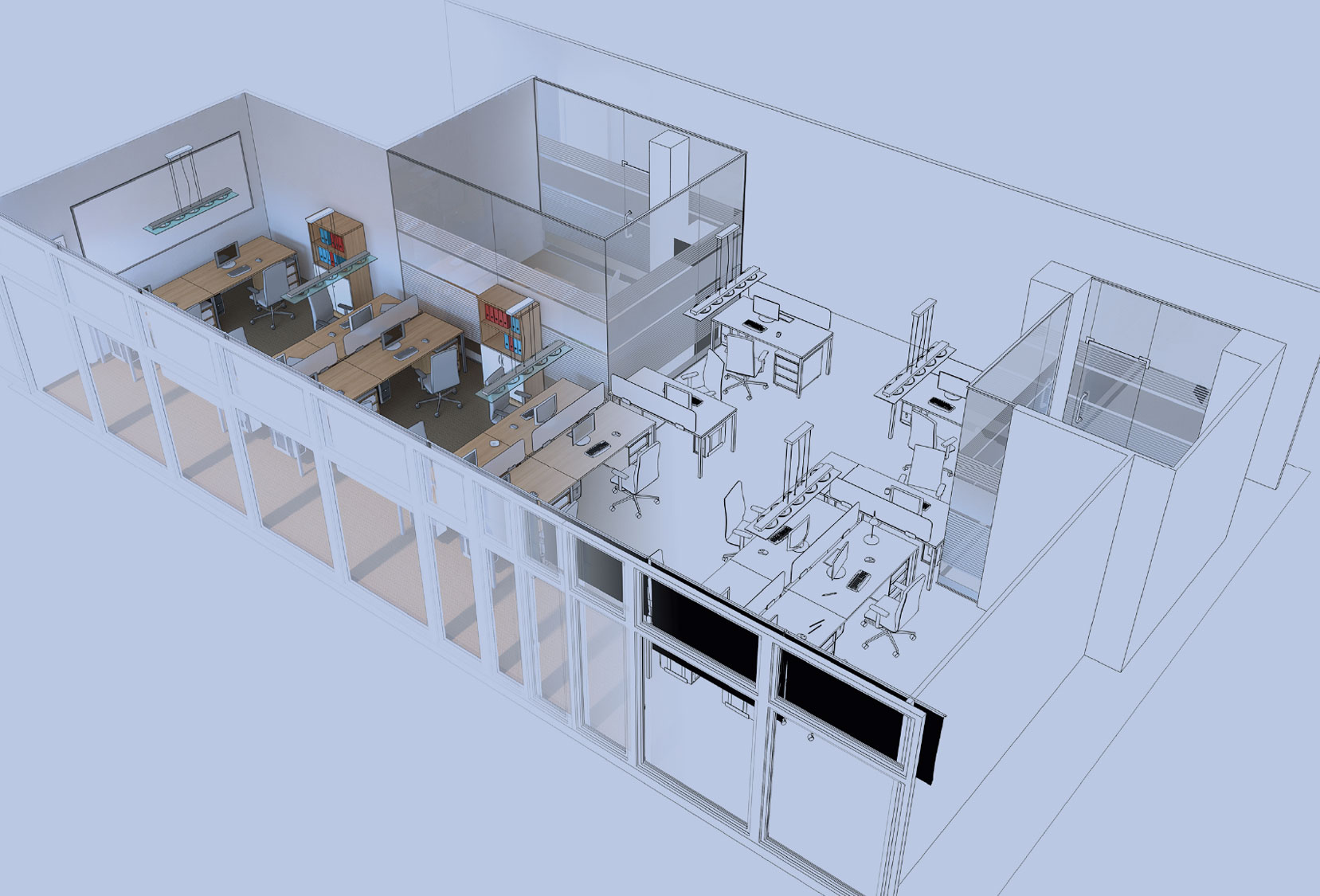Real estate developers and owners are always looking for ways to improve efficiency and reduce delays. Building Information Modeling (BIM) solutions have been around the construction industry for over 20 years and enable shareholders to virtually build a structure before construction even begins. It is a 3D digital representation of a building and its components that help monitor the progress of a project from start to finish.
There are several BIM solutions to choose from, some are difficult to use, inaccessible in the field, require advanced technical training, or don’t integrate with your project management solutions. However, it’s important to evaluate and leverage these benefits or risk falling behind in a rapidly evolving industry.
The Benefits of Using BIM:
1
Time Management: When you have multiple building components to manage, and multiple teams working on distinct parts of a project, it’s easy to experience delays and communication issues. With BIM, you can track the status of different components of a building in real-time. This means that you know immediately when a component is finished or delayed and helps management teams to detect clashes before they occur and build out plans with valuable insights in mind.
2
Collaboration: By using BIM, all shareholders have reliable access to shared information. Architects, project managers, vendors, and contractors have the insights and tools they need to design and implement projects more effectively. This unified approach will save you time, reduce miscommunication errors, and improve the efficiency of your project.
3
Cost-Effective: Studies have shown that around 30% of the work performed by construction companies is actually rework accounting for 5% of a project’s contract value on average. BIM technology helps to combat rework and cost overruns by giving reliable access to 3D models. Also, BIM helps in identifying areas where you can reduce waste or make design choices that will reduce overall building costs.
4
High-Quality Projects: BIM gives teams access to 3D coordinated models and shop drawings that can be easily compared to field conditions. By finding and solving issues early in the design phase, you can avoid issues during construction. This leads to fewer errors, higher quality construction, and ultimately, happier clients.
5
Enhanced Risk Management: With the help of BIM, your project team can identify potential design and construction-related issues and resolve them before they happen. BIM helps in identifying and solving potential issues such as clashes between building components, or even identifying potential material shortages. This helps in reducing risk, increasing reliability, and building a better project.
6
Improved Safety: Rework can lead to accidents and injuries on the jobsite. In fact, according to OSHA, one in ten construction workers are injured every year. With BIM technology, teams equipped with the tools they need can plan ahead and efficiently react to surprises in the field. This means less errors and improved jobsite safety.
7
Sustainable Construction: BIM helps in creating sustainable construction projects by factoring environmental factors into the design process. By analyzing data from BIM, architects can improve the energy efficiency of a building, minimizing the carbon footprint. This helps reduce costs while maintaining environmental sustainability.
8
Smoother Closeouts: Rework and project delays can set a project back significantly. BIM drives better business outcomes by linking attribute data to support facilities management and operation. This data—from component manufacturers, installation dates, required maintenance, configuration details for optimal performance, energy performance, and more—makes project data easily digestible.
In summary, Building Information Modeling is an excellent tool for effective construction management. It is ideal for real estate developers and owners who want to complete their projects on time and within budget. With today’s fast timelines, tight margins, and growing expectations, businesses can no longer afford to lose time and money to miscommunication and poor collaboration. BIM offers a glimpse into the future of a project and a chance to remedy issues before they become a reality.



